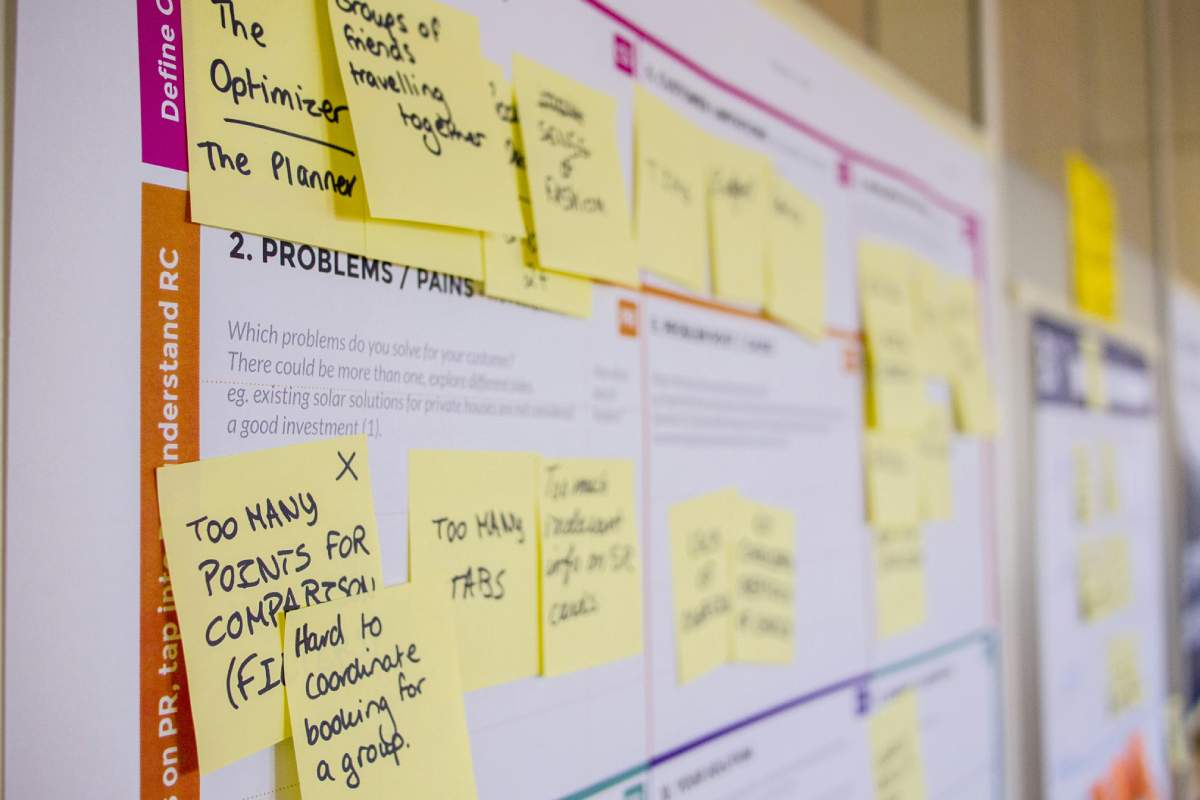
Here’s the thing about business planning — everyone talks about it, but most people get it completely wrong. They either overthink the hell out of it or don’t think at all.
I’ve been watching how successful companies actually operate (not what they say in press releases), and there’s something we can learn from the most trusted services out there.
Take Americas Cardroom, for instance. They’ve built something that actually works because they focus on what matters. Not the flashy marketing stuff. The boring fundamentals that nobody wants to talk about.
So let’s break down four tips that can transform how you approach business planning. No corporate fluff, just what actually works in the real world.
Tip 1: Set Goals You Can Actually Hit (Seriously)
Look, I’ve seen way too many businesses set these massive, pie-in-the-sky goals that sound amazing in boardrooms but crash and burn when reality hits.
Trusted services focus on specific goals that they can measure. Better user experience. Faster payouts. Simple things that users actually give a damn about.
Your business should work the same way. Instead of “increase revenue” (which means nothing), try “boost customer retention by 15% in six months.” Instead of “dominate the market” (good luck with that), aim to “launch two new features by Q3.”
Here’s what I’ve learned after watching countless businesses fail: small wins build real momentum. Big, vague goals just create stress and confusion for everyone involved. Pick targets you can measure, track, and actually achieve without killing your team.
Tip 2: Be Transparent (Even When It Hurts)
Trust isn’t built overnight. It’s earned through consistent transparency, especially when things get messy. And they will get messy.
When you mess up, own it fast. When you’re struggling with something, be honest about it. When you make changes, explain why instead of pretending everything’s fine.
I’m not saying you should air all your dirty laundry publicly. But your customers, employees, and partners deserve straight answers. The companies that last are the ones that build real relationships, not just transactions that end when the money changes hands.
Tip 3: Stay Flexible (Because Your Plans Will Change)
The market doesn’t care about your beautiful five-year plan. Customer needs shift overnight. Technology evolves faster than you can keep up. Competitors appear out of nowhere and steal your lunch.
Maybe that product feature you spent months planning isn’t what customers want anymore. Maybe your marketing strategy needs a complete overhaul. Maybe your entire business model needs tweaking.
That’s not failure — that’s smart business. The companies that survive are the ones that can pivot without losing their core identity or panicking every time something changes.
Tip 4: Use Technology That Actually Helps (Not Just Looks Cool)
Technology for technology’s sake is expensive noise. But the right tools? They can transform everything about how you operate.
Before you buy that fancy new software or implement that trendy system everyone’s talking about, ask yourself: Does this actually make things better for my customers or my team? If you can’t answer that clearly in one sentence, you’re probably about to waste money.
Focus on tools that streamline your operations, improve customer experience, or give you better data to make actual decisions. Everything else is just an expensive distraction.
The Bottom Line
Good business planning isn’t about creating the perfect document that predicts the future. Nobody can do that. It’s about building systems and habits that help you respond to whatever comes next without falling apart.
Set realistic goals. Be honest with people. Stay flexible. Use technology wisely.
Successful services prove these principles work across different industries. They’re not revolutionary concepts — they’re just consistently applied fundamentals that most businesses ignore because they’re not exciting enough.
Your business plan should be a living document that evolves with your company. Not a dusty binder that sits on a shelf collecting dust while reality happens around it. Make it practical, make it honest, and make it adaptable. That’s how you build something that actually lasts.
Also Read: Nothing2HideNet Gaming: The Future of Online Play and Innovation